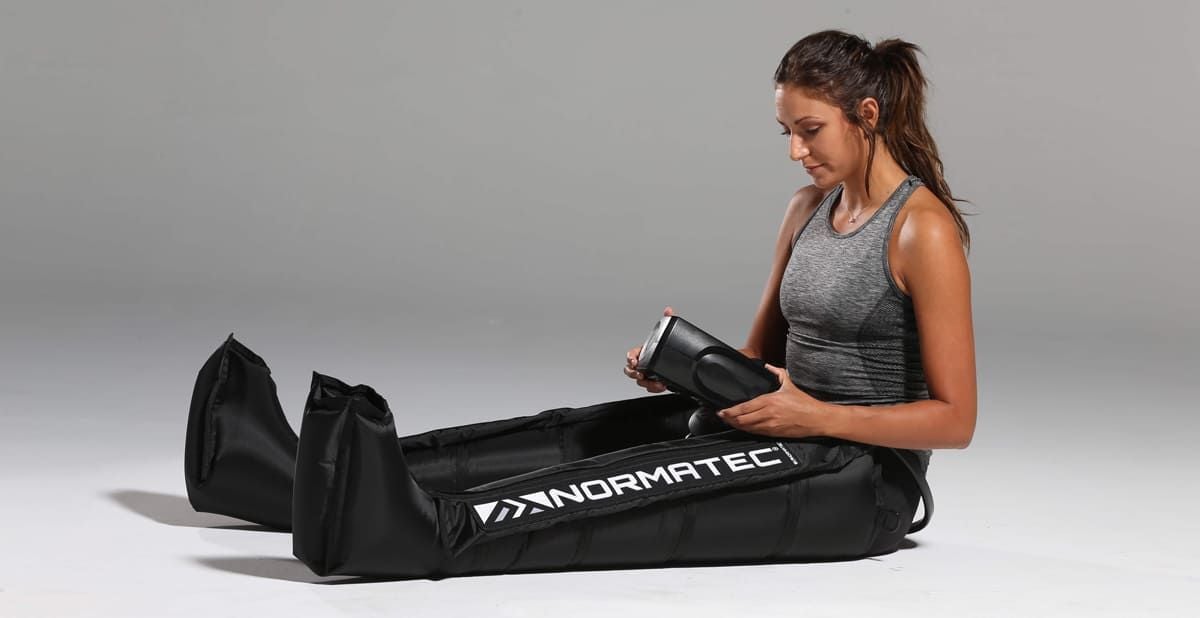)
What is Lymphoedema?
Lymphoedema is a chronic condition where there is an excessive build-up of protein rich fluid in a part of the lymphatic system, which causes localised swelling. Lymphoedema can occur as a result of cancer treatment where lymph nodes that are normally responsible for filtering the lymph fluid are either removed by surgery or affected by the use of radiation therapy.
Approximately 20% of patients treated for breast, melanoma, gynaecological or prostate cancer will develop secondary lymphoedema at some stage in their lifetime. More specifically, the incidence of lymphoedema associated with Vulvar cancer is estimated at 36-47%, breast cancer 20%, cervical cancer 24% and melanoma 9-29%. However, early intervention and education can reduce the risks of developing lymphoedema and make symptom management easier if diagnosed early on.
What are the symptoms of lymphoedema from cancer treatment?
- Swelling localised to a limb
- Feeling of heaviness or tightness in the limb
- Reduced mobility in the limb
- Increased infections
- Gradual onset. If the presentation of swelling is acute it is important to rule out an acute infection or a DVT.
What are the aims of treatment and what can I expect?
The aims of lymphoedema treatment are to prevent progression of the condition, to reduce oedema and then maintain the improvement. This includes the alleviation of associated symptoms, prevention of infection and improvement of function and quality of life. Treatment is specific to the individual presentation and severity.
Here at MIOG, our lovely Lymphoedema Therapist and Physiotherapist, Sachini, is available to answer any questions you may have. The first consult will be a risk assessment and an analysis of your current level of function and movement. This involves education on minimising the risk of lymphoedema and also an assessment of why movement may be limited in an area post-surgery. Treatment sessions involve manual lymphatic drainage, scar tissue massage, and joint mobilizations to encourage improved movement in restricted joints and muscles. There is also a large focus on self-massage, stretching and return to exercise to ensure you have as much control of your recovery as possible and hopefully minimise risks of developing lymphoedema down the track.
Lymphoedema therapy by a Physiotherapist is different to a Manual Lymphatic Drainage (MLD) Massage by an Oncology Massage therapist in that in corporates several different assessment and treatment techniques along with MLD. Both are important for effective lymphoedema management and patients may prefer the use of one or both in conjunction.
Lymphoedema Physiotherapist in Carnegie, Melbourne
MIOG welcomes on board an excellent and experienced Lymphoedema Physiotherapist: Sachini Ganhewa. With over 10 years experience in Oncology settings, Sach offers Lymphoedema management of the upper and lower limbs post Cancer treatment. This involves manual lymphatic drainage, prescription of compressions garments, kinesio lymphatic taping, and the use of a pneumatic compression pump where suitable. Breast cancer patients will be assessed for issues with cording and reduced range of shoulder movement in the early stages post breast cancer treatment. Sach will also review previous levels of joint range, function and mobility, and create exercise programs to improve recovery and function.
Sach offers telehealh consultations that are eligible for a medicare rebate under a Chronic Disease Management plan. She will also be running a series of educational webinars.
Please contact us for more information or to book an appointment with Sach.


)










Tags: